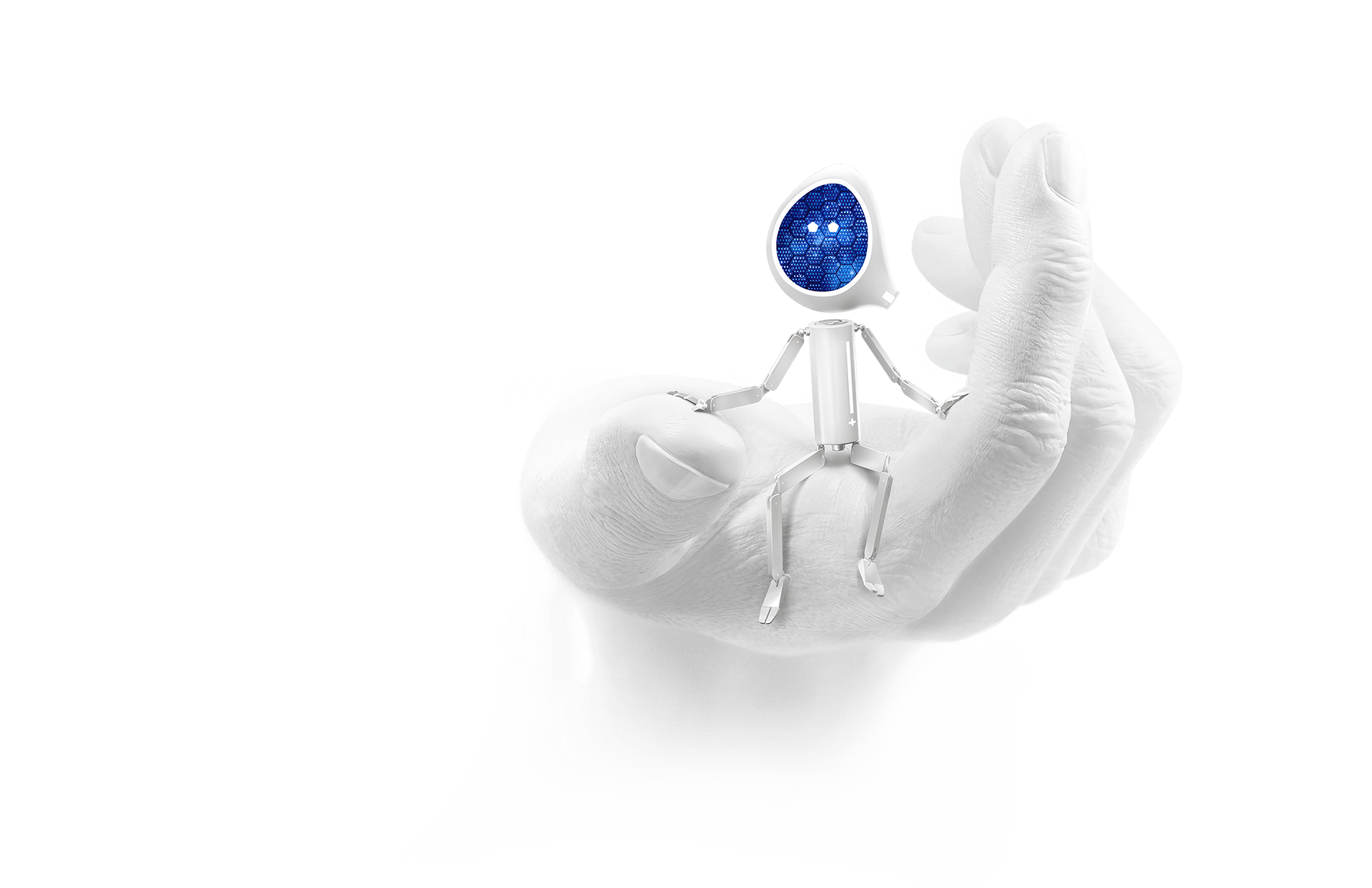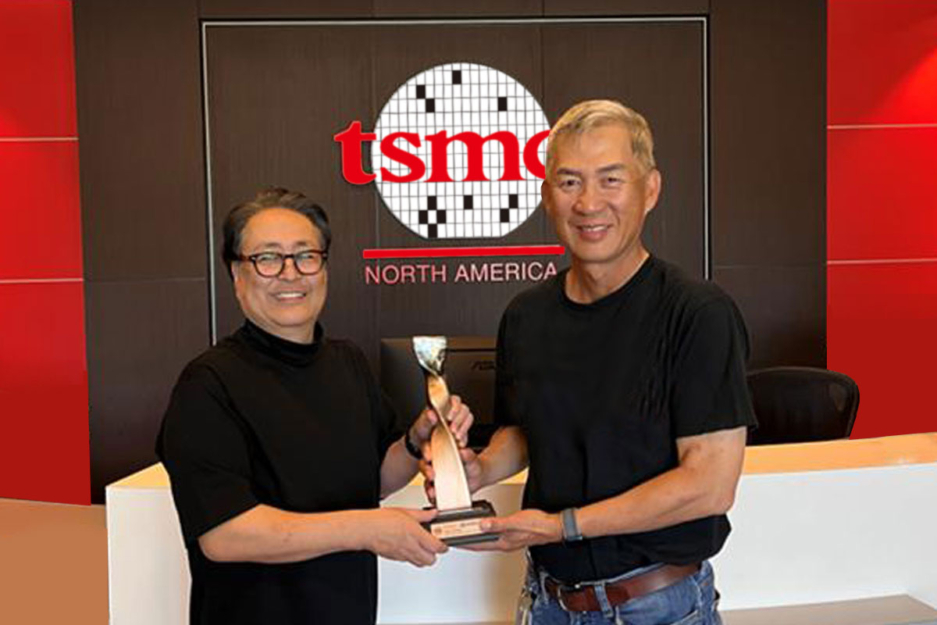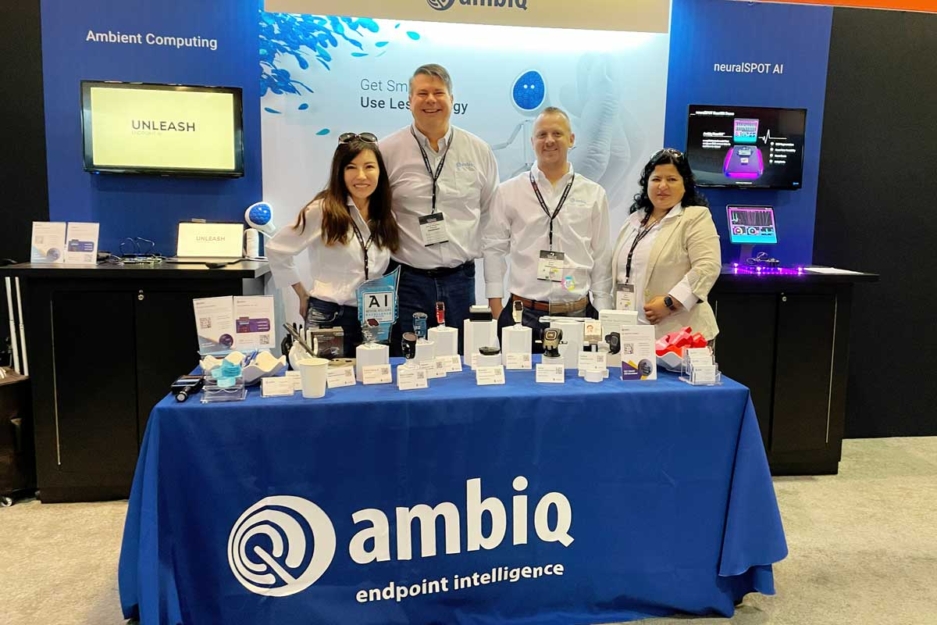
Run via the Ambiq Apollo3 Blue microcontroller (MCU), the token is really a physical machine using Bluetooth® signals to trace Other individuals close by. Moreover remaining exact, secured, Safe and sound, As well as in a little kind issue, the Apollo3 Blue delivers the required general performance without sacrificing battery life. The token is predicted to past four to 6 months with no recharge.
If added memory is needed, an exterior memory is supported by Ambiq’s multi-little bit SPI and eMMC interfaces.
The chances are limitless. Given that each endpoint and smart wearable devices are run both by battery or through Electrical power-harvesting, Strength-effective components and algorithms are expected for sustainability. Layout and type variable are critical for making helpful wearable devices that support to boost our efficiency, increase our health, and improve our Way of living.
In addition, designers can securely build and deploy items confidently with our secureSPOT® engineering and PSA-L1 certification.
This parking orbit was quite minimal by Earth orbit benchmarks, and it would have been limited-lived due to aerodynamic drag. For viewpoint, The existing ISS orbits at an altitude of roughly 250 miles (400 km), and needs a reboost about when per month. This wasn't an issue over a lunar mission due to short stay in the parking orbit.
Really basically, clever wearables are poised to travel the event of the business for years to come.
Apollo eleven was launched by a Saturn V rocket from Kennedy Room Heart on Merritt Island, Florida, on July 16 at 13:32 UTC, and it had been the fifth crewed mission of NASA's Apollo system. The Apollo spacecraft experienced 3 pieces: a command module (CM) having a cabin to the 3 astronauts, the only real part that returned to Earth; a support module (SM), which supported the command module with propulsion, electrical electric power, oxygen, and h2o; and a lunar module (LM) that had two stages—a descent stage for landing over the Moon and an ascent stage to place the astronauts back again into lunar orbit.
Intelligent wearables taking part in an progressively pivotal part in the growth of the world wide web of Points (IoT) marketplace. As more and more people adopt these devices, the quantity of info becoming collected and analyzed is growing exponentially, informing every little thing from customized health and Conditioning tips to additional successful provide chain management.
Over the Apollo thirteen mission, the inboard motor endured from key pogo oscillation, leading to an early automated cutoff. To make certain adequate velocity was attained, the remaining four engines were held Energetic for for a longer time than planned.
About 38 seconds just after the second stage ignition the Saturn V switched from a preprogrammed trajectory to a "closed loop" or Iterative Guidance Method. The instrument unit now computed in actual time one of the most gasoline-economical trajectory towards its concentrate Low-power processing on orbit.
At about eighty seconds, the rocket skilled most dynamic strain (max q). The dynamic pressure over a rocket differs with air density as well as square of relative velocity.
With as many as 2MB of MRAM and a pair of.75MB of SRAM, the Apollo4 Blue Plus has greater than enough compute and storage to take care of sophisticated algorithms and neural networks while exhibiting lively, crystal-clear, and clean graphics.
The heat defend was upgraded to Block II standards because Apollo four's substantial-speed re-entry into Earth's ambiance was meant to simulate a return in the Moon.[29] Distinctive products had been set up to allow Mission Regulate to function the CSM's systems remotely, and there was a digicam that will instantly take pics from one of the CM's Home windows on its last orbit.[thirty] Because Apollo four carried no crew the CM lacked couches, controls and displays.[31]
“EDBI's deep and longstanding collaboration with Ambiq has triggered the corporate offering vital support to Singapore’s TraceTogether token challenge, which has grown to be synonymous with Singapore’s profitable attempts to combat COVID-19.

Get Smart. Use Less Energy.
Ultra-low power SoCs for IoT endpoint devices
that demand complex operations
and longer battery life.
✍ Ambiq® is committed to further improve the quality of life by enabling the intelligence of endpoints while further reducing carbon footprints. Ambiq – your partner in endpoint intelligence.
✯✯✯Based in Austin, San Jose, Hsinchu, Shenzhen, and Shanghai, our leadership and management teams consist of advocates, builders, enthusiasts, entrepreneurs, explorers, incubators, inventors, pioneers, protectors, thinkers, and visionaries. With a diverse spectrum of experiences and skillset, we came together and united with one goal to enable the true Internet of Things where the battery-powered endpoint devices can truly be connected intuitively and intelligently 24/7.
Ambiq Wins the Demo of the Year Award at 2023 TSMC Technology Symposium
September 7, 2023, Austin, TX – Ambiq®, a leading developer of ultra-low-power semiconductor solutions that deliver a multifold increase in energy efficiency, was awarded the Demo of the Year Award Ambiq apollo 4 by TSMC as a participant of the Innovation Zone at the 2023 TSMC North America Technology Symposium.
Ambiq Wins the Demo of the Year Award at 2023 TSMC Technology Symposium
During the April event, Ambiq showcased various product design wins using TSMC’s 22nm technology in wearables, digital health, smart home, Industrial IoT, pet trackers, and retail segments, with industry-leading energy efficiency. Ambiq also featured two live demos emphasizing its leadership in enabling endpoint AI with its HeartKit™ for remote patient monitoring and its graphics display capabilities for a vivid user interface.

TSMC pioneered the pure-play semiconductor foundry business model when it was founded in 1987, helping startup companies accelerate their innovations by providing access to the industry’s leading process technologies and manufacturing capacity. Since 2021, TSMC has expanded that mission with an Innovation Zone at its worldwide Technology Symposiums, highlighting how TSMC partners with startup companies to enable cutting-edge products from various applications, including high-performance computing, communication, automotive, IoT, and consumer segments.
“We’re grateful to TSMC and our booth visitors for allowing us to share our energy-efficient technology and processor solutions with them,” said Ambiq’s CEO, Fumihide Esaka. “We’re moving towards an exciting frontier of AI becoming more engrained with our daily lives. With that vision on the horizon, we will continue to develop innovative and first-of-its-kind ultra-low-powered solutions that keep innovation and sustainability in mind.

Ambiq’s mission is to develop the lowest-power semiconductor solutions to enable intelligent devices everywhere by developing the lowest-power semiconductor solutions to drive a more energy-efficient, sustainable, and data-driven world. Ambiq has helped leading manufacturers worldwide develop products that last weeks on a single charge (rather than days), while delivering a maximum feature set in compact industrial designs. Ambiq’s goal is to take Artificial Intelligence (AI) where it has never gone before in mobile and portable devices, using Ambiq’s advanced ultra-low power system on chip (SoC) solutions. Ambiq has shipped more than 200 million units as of March 2023.
Ambiq Designs Low-Power for Next Gen Endpoint Devices
Ambiq’s VP of Architecture and Product Planning, Dan Cermak, joins the ipXchange team at CES to discuss how manufacturers can improve their products with ultra-low power. As technology becomes more sophisticated, energy consumption continues to grow. Here Dan outlines how Ambiq stays ahead of the curve by planning for energy requirements 5 years in advance.
Ambiq Highlights From Embedded World 2024
Facebook | Linkedin | Twitter | YouTube
Comments on “Facts About ambiq micro inc Revealed”